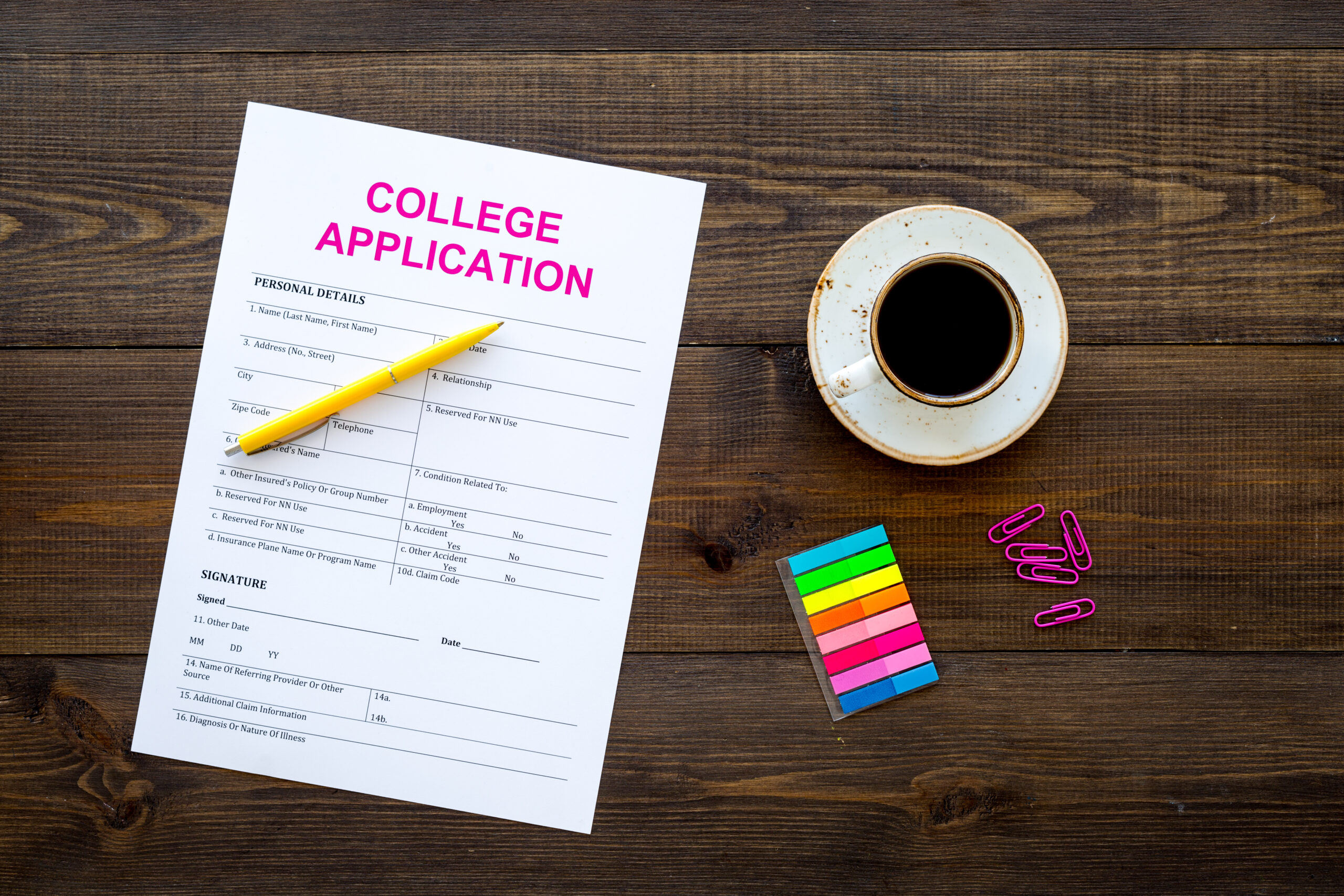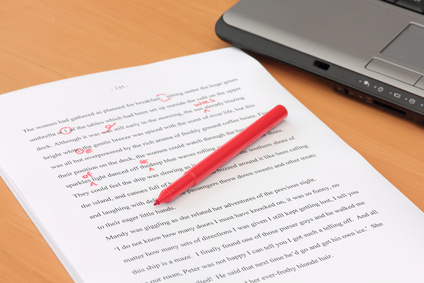
Compression: Getting Down to the Essence
 The second word in Jane Yolen’s list of ‘ten words every picture book author must know’ is Compression. It’s a good word, and can be defined as “the reduction of the volume or mass of something by applying pressure” (an apt description of the editing process!) Among the words I might choose to describe the same concept are distillation, reduction, concentration, and essence. I like these words because they are all cooking terms, and bring to mind the act of enriching something (like a sauce) by reducing it… thereby ending up with something better.
The second word in Jane Yolen’s list of ‘ten words every picture book author must know’ is Compression. It’s a good word, and can be defined as “the reduction of the volume or mass of something by applying pressure” (an apt description of the editing process!) Among the words I might choose to describe the same concept are distillation, reduction, concentration, and essence. I like these words because they are all cooking terms, and bring to mind the act of enriching something (like a sauce) by reducing it… thereby ending up with something better.
With picture books, one must, by necessity, tell one’s story in 1000 words or less, and within 32 pages. While some may view this as a constraint, I actually see it as an opportunity – an invitation to be creative. I can be paralyzed by freedom… if there are no boundaries or guidelines, if anything goes, then where do I begin? But if the parameters are clearly defined, then I can get to work, and creativity can flourish.
Here’s what this means in practical terms: how best can you say what you mean, using the fewest, yet most evocative, words?
In the editing section of my “Just Write for Kids” course, we explore a number of techniques for streamlining text. Here are a few ways to trim the excess fat (sticking with those cooking terms!):
- Watch out for “cheesy modifiers” – such as “really,” “very,” or “just.” Perhaps you don’t even need a modifier. Instead of describing someone as “very tall,” try “towering.” Strong adjectives don’t need modifying.
- Eliminate unnecessary adjectives and adverbs – Be mindful of what the illustrations will show, and focus more on verbs. Also watch out for adverbs that are being used to prop up weak verbs. Find a better verb!
- “Show” through dialogue and behavior rather than “telling” through description.
- Be careful of repetition.
- Jump into the action and wrap it up quickly – Don’t take up time with exposition or hammering the point home. Jump straight into the action at the beginning of the book, and let the reader draw the final conclusions rather than hammering any ‘morals of the story’ home at the end.
The bottom line with picture books these days is: less is more. Become a master of creative economy. Mo Willems is the poster child for this skill. I wonder if he cooks?




